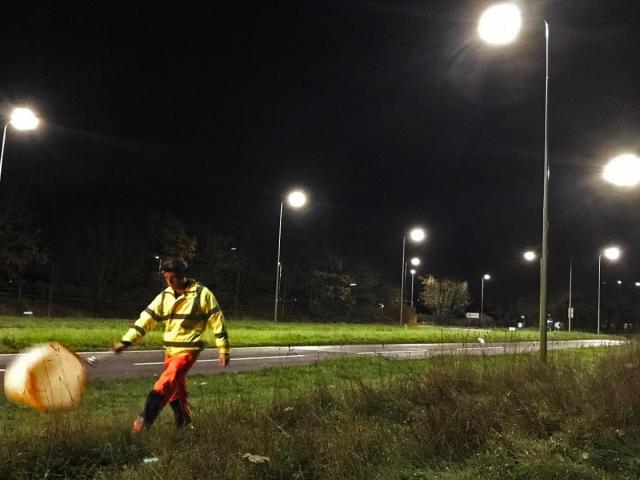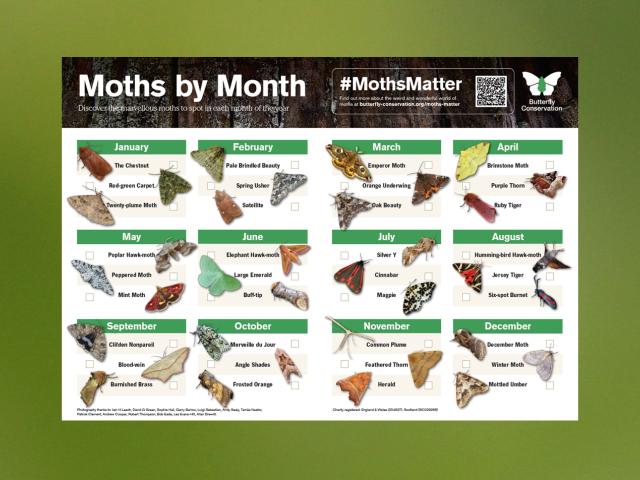Many moths need darkness to thrive, but each year, the night sky gets lighter. Find out how you can dim the dangers of light pollution for our moths.
Dark skies are not just a treat for stargazers, they’re critical for moths, bats and other wildlife to thrive. Light pollution interrupts the lifecycle of many of our moth species. Find out more about the impact of light pollution on our moths and what you can do at home to prevent it.
Our research showed that moth caterpillar numbers under LED street lights were 52% lower in hedgerows and 43% lower on grass verges compared to those which were unlit.
Expert advice on light pollution
See below for blogs giving you more information about light pollution from experts inside and outside Butterfly Conservation.
How light shielding can help
Unshielded outdoor fixtures allow light to be emitted in multiple directions, contributing to light pollution. This upward-directed light can disorient and attract nocturnal insects, leading them away from their natural habitats. Here’s how different types of light shielding can help redirect artificial light away from our night skies.
What else can I do to support moths?
Join us on social media and share what you’re doing at home and in your community to reduce light pollution and help save moths!
Twitter | Facebook | Instagram














